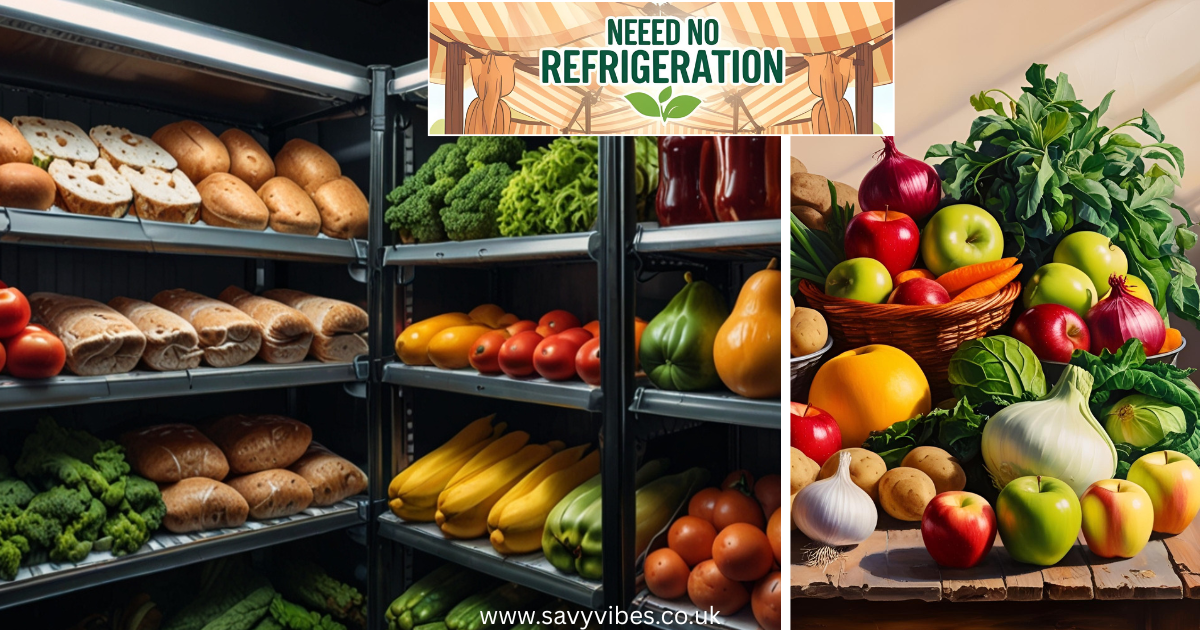Discover what grocery items need no refrigeration but most people refrigerate—and why skipping the fridge can save space, reduce waste, and keep your food tasting better.
—
Introduction
Last weekend, I visited my grandmother’s old farmhouse kitchen and was surprised by what I didn’t find in her fridge: no eggs, tomatoes, or peanut butter. She chuckled as I pointed it out, saying, “Not everything needs chilling, dear.” That simple comment sent me on a research spree—and wow, she was right!
Many of us refrigerate out of habit in our modern kitchens. But did you know some grocery items do better outside the fridge? Refrigerating them might reduce their shelf life, flavor, or texture. This post explores what grocery items need no refrigeration, but most people refrigerate, and how you can make smarter choices in your kitchen starting today.
—
1. Tomatoes Taste Better Without the Chill
Many people toss tomatoes in the fridge to “keep them fresh.” However, refrigeration dulls their vibrant flavor and alters their texture.
. Cold temps cause tomatoes to lose their natural sweetness.
. Refrigeration turns their flesh mealy and less juicy.
Tip: Store ripe tomatoes on the counter in a single layer with stem-side down.
Only refrigerate if they’re overripe and you’re not using them for a few days.
—
2. Fresh Garlic Loses Its Punch in the Fridge
Garlic doesn’t enjoy the cold. It thrives in dry, cool environments—not wet, chilled ones.
. Refrigeration causes mold or sprouting.
. The flavor becomes muted.
Store it right: Keep garlic in a mesh bag or open container in a dark pantry.
Bonus: Whole garlic heads can last up to 3 months this way!
—
3. Bread Becomes Stale More Quickly in the Fridge
Bread in the fridge? That’s a hard pass—literally.
. Refrigeration speeds up starch retrogradation, making bread go stale faster.
. The crumb becomes dry and hard.
Tip: Store bread in a bread box or airtight container at room temperature.
Freeze it if you need to keep it longer than a few days.
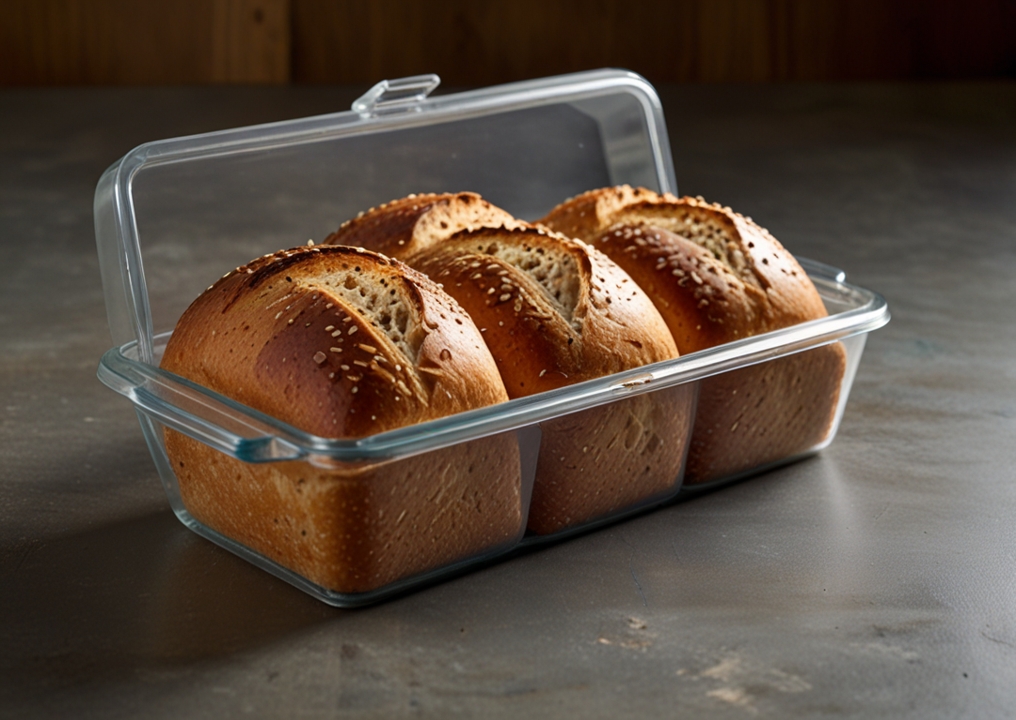
—
4. Coffee Beans Lose Aroma in Cold Storage
Your fridge is not coffee’s friend. Many believe refrigerating coffee keeps it fresh, but the opposite is true.
. Moisture from the fridge ruins the beans’ integrity.
. They absorb odors from nearby food.
Best practice: Keep beans in an opaque, airtight container in a cool pantry.
Bonus tip: Grind it only what you need right before brewing.
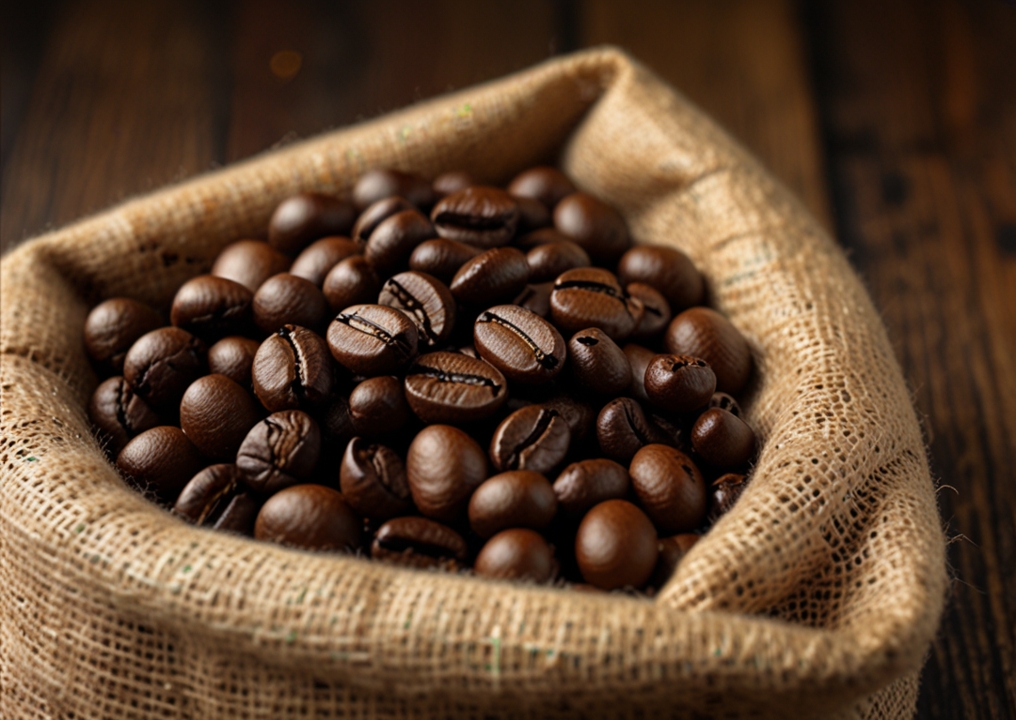
—
5. Onions Rot Faster in the Fridge
When you think of what grocery items need no refrigeration but most people refrigerate, onions are near the top.
. Cold, humid conditions cause soft spots and mold.
. Onions may absorb moisture and become mushy.
Tip: Store whole onions in a dark, well-ventilated place—never near potatoes.
Exception: Refrigerate the cut onions in an airtight container.
—
6. Potatoes Prefer the Pantry
. Refrigerated potatoes can develop unwanted sugars and flavors.
. Cold converts potato starch into sugar.
. This creates a gritty, sweet taste when cooked.
Best storage: Keep potatoes in a paper bag or cardboard box in a cool, dry place.
Pro tip: Avoid direct sunlight to prevent greening.
—
7. Nut Butters Don’t Always Need the Fridge
. Unless stated otherwise, most commercial peanut and nut butter don’t require refrigeration.
. Cold makes them hard to spread.
. It can affect oil separation.
Tip: Store natural nut butters upside down at room temp to minimize separation.
Only refrigerate if the label says so or you’re dealing with homemade varieties.
—
8. Honey Never Spoils—So Skip the Fridge
. Honey is one of the few foods that can last forever if stored properly.
. Refrigeration causes crystallization.
. It becomes thick and grainy.
. Smart storage: Keep it tightly sealed in a dark cupboard.
. If it crystallizes? Warm the jar gently in hot water to restore it.
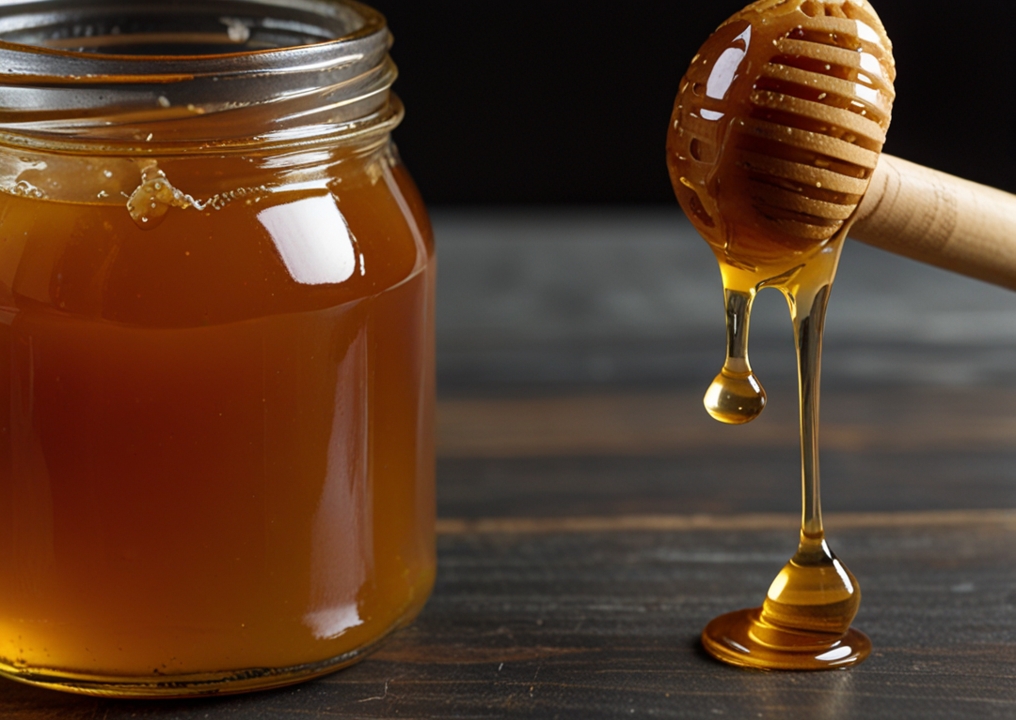
—
9. Hot Sauce Keeps Its Kick at Room Temp
. Many assume hot sauce belongs in the fridge, but that’s often unnecessary.
. Most hot sauces are vinegar-based and shelf-stable.
. Cold temps mute flavor intensity.
Tip: Store sealed bottles in a dark pantry for up to 6 months.
After opening, check the label—but most can stay unrefrigerated for weeks.
—
10. Soy Sauce Can Sit on the Shelf
. This fermented condiment is more resilient than many believe.
. It’s high in salt, which acts as a natural preservative.
. It won’t spoil easily, even after opening.
Best practice: Keep it capped and in a cool, dark place.
Refrigeration is optional—especially if you use it frequently.
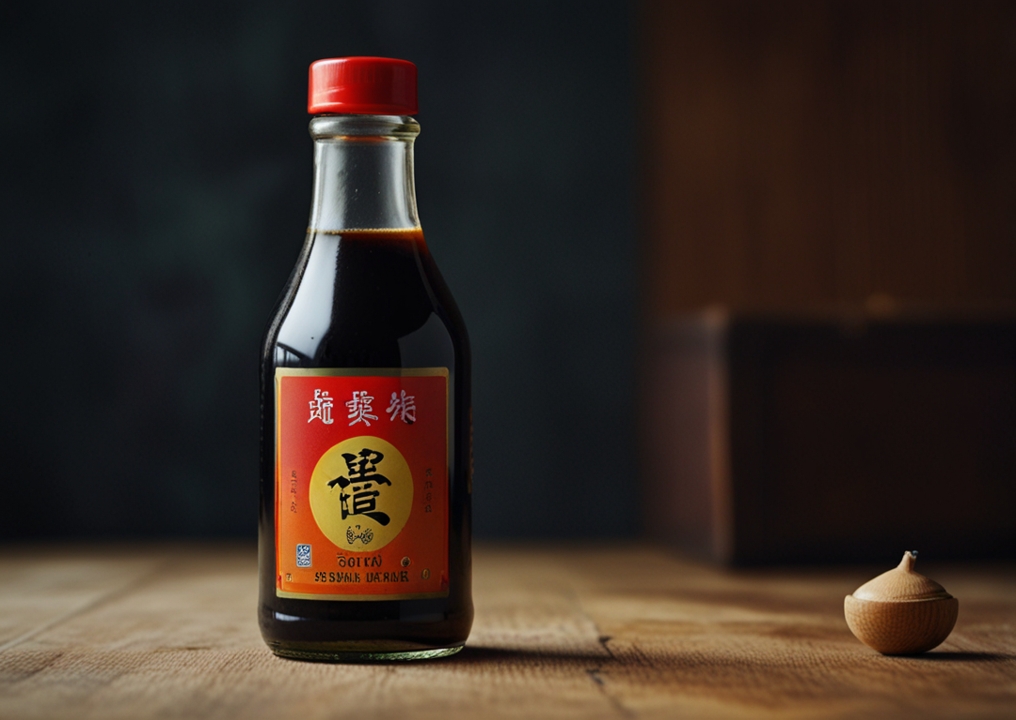
—
11. Apples Last Longer Outside the Fridge
. Most people toss apples into the produce drawer by default, but it’s not always the best spot.
. Cold air causes texture breakdown and skin wrinkling.
. They may lose crispness quickly.
Tip: Store apples in a fruit bowl away from bananas (which emit ripening ethylene gas).
Refrigerate only if they’re very ripe or need to extend shelf life.
—
12. Melons Are Better Whole at Room Temperature
. Whole cantaloupes, honeydews, and watermelons belong on the counter.
. Fridge air dulls their flavor and aroma.
. Coldness slows antioxidant development.
Guideline: Keep whole melons at room temp until cut. Once sliced, refrigerate in airtight containers.
—
13. Ketchup Can Live Outside the Fridge
Yes, really! What grocery items need no refrigeration but are refrigerated by most people? Ketchup is one of the most surprising.
. High vinegar and salt content make it shelf-stable.
. Cold storage may thicken or change flavor slightly.
. Best for frequent use: Leave it in the pantry for up to a month post-opening.
. Light users prefer to refrigerate for long-term quality.
—
14. Citrus Fruits Prefer Airy Counters
. Lemons, limes, and oranges don’t benefit from refrigeration unless you want to keep them long.
. Fridge air dries out their skins.
. Juiciness may diminish.
Storage tip: Keep in a mesh bag or fruit bowl in a cool room.
Refrigerate only when you notice soft spots forming or plan to juice later.
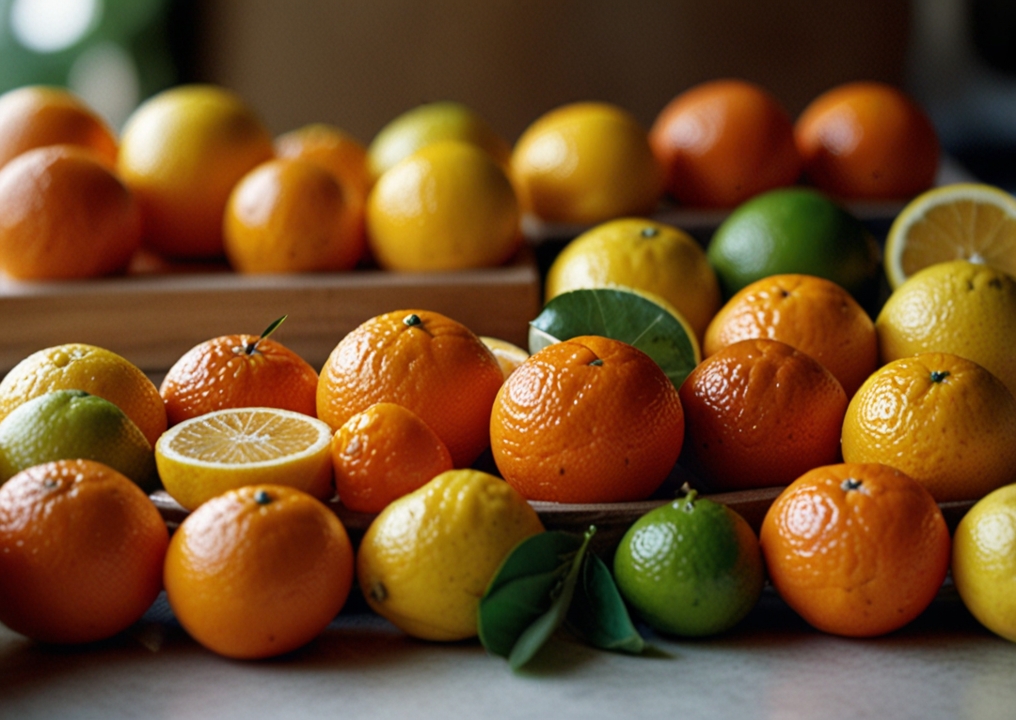
—
15. Butter Doesn’t Always Require Refrigeration
Contrary to popular belief, store the butter safely at room temp—at least for short periods.
. Salted butter resists bacterial growth.
. Cold butter can be difficult to spread.
Tip: Use a covered butter dish and consume it within 5–7 days.
Refrigerate unsalted butter during hot months for a longer shelf life.
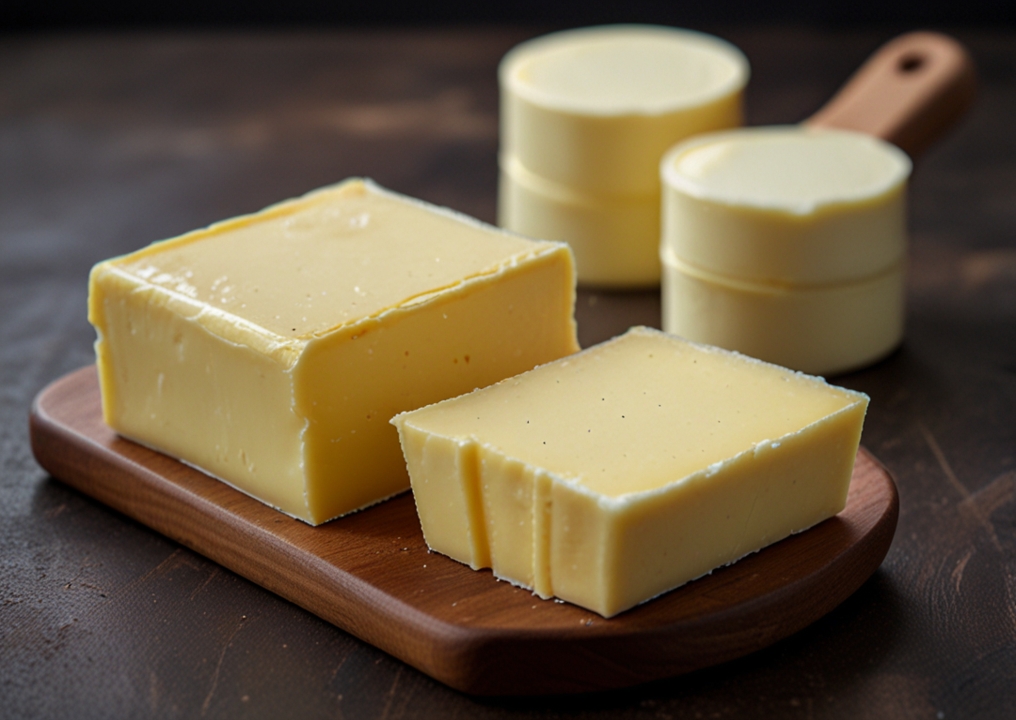
—
Final Thoughts
Knowing what grocery items need no refrigeration, but most people refrigerate can revolutionize your kitchen habits. Not only does it help you free up precious fridge space, but it also improves the taste, texture, and lifespan of your groceries.
Here’s a quick takeaway:
You can skip the fridge for tomatoes, bread, garlic, onions, potatoes, melons, apples, citrus, soy sauce, hot sauce, and peanut butter.
Use the fridge wisely to cut produce or extend shelf life.
Want to go greener? Reducing unnecessary refrigeration also cuts down on energy use.
—
FAQs
1. What happens when you refrigerate items that don’t need it?
It can cause faster spoilage, flavor loss, or texture changes—like dry bread or mealy tomatoes.
2. Why do we refrigerate things out of habit?
Marketing, convenience, and misinformation often drive refrigeration choices—even when unnecessary.
3. How long can butter sit out safely?
Salted butter can safely sit out for up to 5 days in cool weather, but unsalted should be returned to the fridge.
4. Does refrigerating onions make them spoil?
Yes. The cold, moist environment can lead to mold and sprouting. Store them in dry and dark.
—

